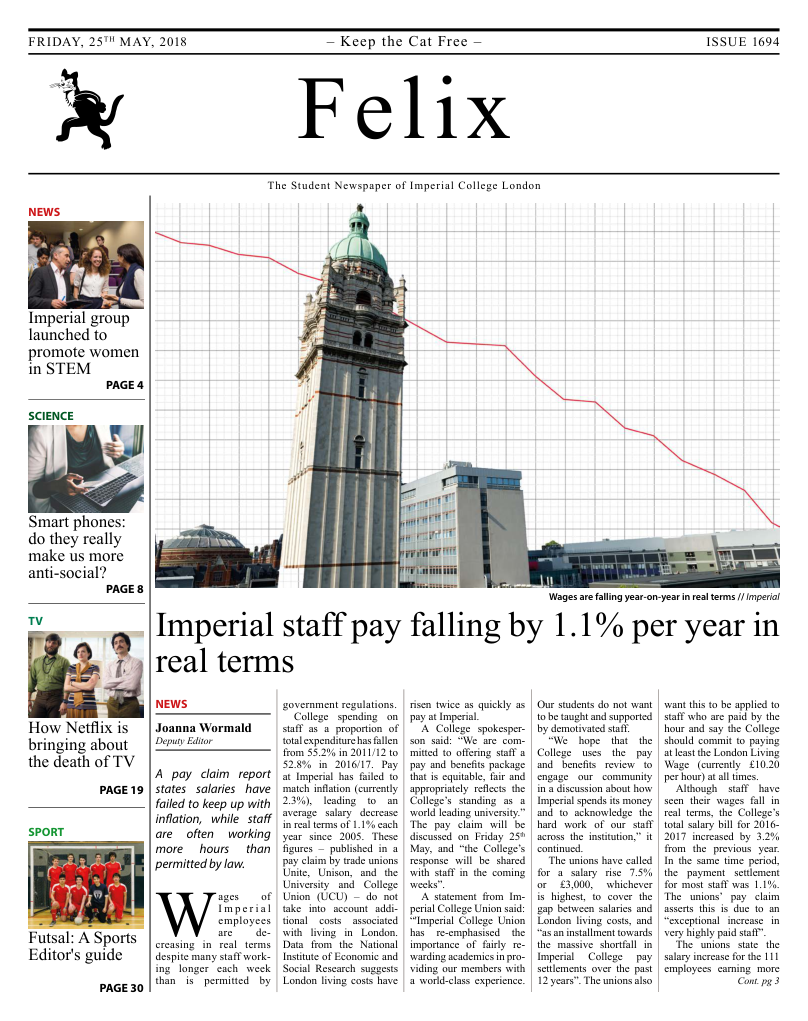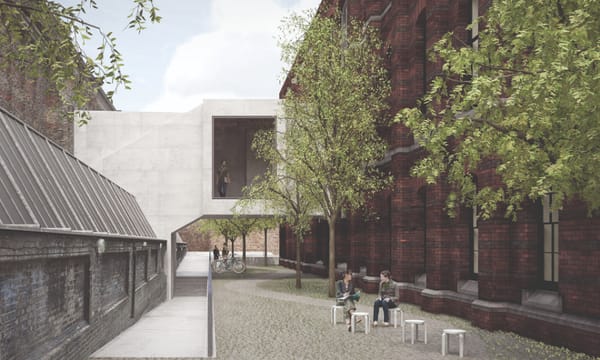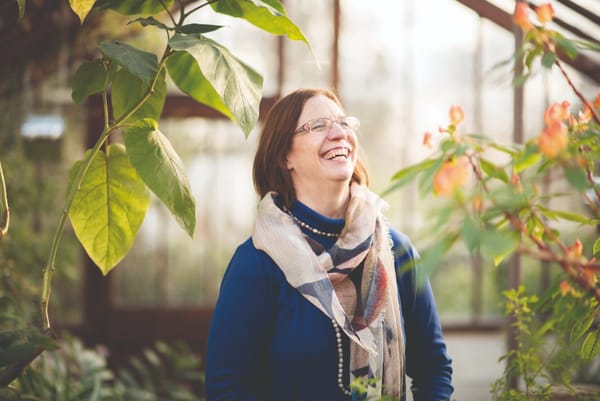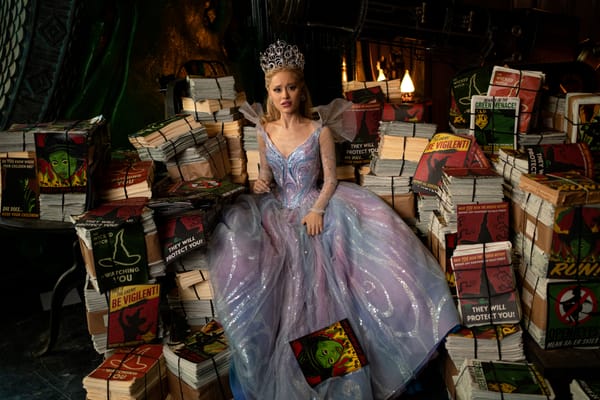Artists at Work – the original selfies
This new display of drawings at the Courtauld Gallery highlights some technical aspects of how artists work, but reveals much more about how artists really view themselves.

Artists at Work, the title of the small collection of drawings currently on display at the Courtauld Gallery, is appropriate in more ways than one. While curators Deanna Petterbridge and Anita Viola Sganzerla undoubtedly chose the name to reflect the content of the drawings – artists leaning close into their easels to better capture their subjects; cluttered ateliers devoid of people; allegorical self-portraits of artists plying their trade – the artists collected are far more often working on something more important than the canvas or oils: their self-image.
Those visiting the exhibition in the hope of technical details on how exactly artists created their works will be left slightly disappointed. Those entering the Gilbert and Ildiko Butler Drawings Gallery with no preconceptions, however, will get an insight into the psyche of the artists themselves.
A number of works are classically allegorical, such as David Kandel’s Renaissance drawing of a representation of virtue shielding the hard-working artist from the rains of professional envy. Jean Honoré Fragonard’s chalk and ink image showing an artist, head bent in creative crisis, as ideas and fantasies swirl around him, is similarly po-faced, and teeters on the edge of ironic camp.
“Those visiting hoping for technical details on how exactly artists created their works will be left disappointed”
Luckily, the works are balanced out by a number that show the skewer this sense of artistic pretension: the Dutch genre painter Cornelis Dusart contributes a drawing of an elderly artist, sitting at an easel, and peering at the world around him through bottle-thick spectacles, undermining the idea of the artist as unfiltered observer of the world. George Grosz’s self-portrait-cum-caricature similarly subverts the notion of the artist at work, balancing on the knife-edge of the grotesque: sitting at his desk, Grosz seems oblivious to the destructive nature around him, as an eagle clutches at a rat and beetles majestically scuttle across his drawing tools. The 1940 drawing evokes confusing emotions, which belie the inner state of the artists, who has been forced to flee his home country in the advent of war.
A similar conflict between beauty and terror can be seen in the Egon Schiele work on display; a rare still-life, it depicts the bleached interior of the POW camps in Mühling, where Schiele was conscripted in WWI. While there are none of Schiele’s tortuous, fleshy bodies on display, the absence of people manages to make the image all the more startling, with the unsettling lines instantly recognisable as his. The drawing highlights the brutal tension at play; his studio doubled as his office, becoming simultaneously a source of artistic expression and part of the vast machinations of war.
The exhibition is at its best when invoking this kind of austere naturalism, which still manages to contain emotional charge. Many of the drawings lack this, instead favouring a constructed, carefully-curated reality: an artist dwarfed by a giant statue of Jupiter in a set of non-existent Roman ruins; a deer leaping across the painter as he works en plein air, both amazing and shocking him; an empty studio where clutter still manages to be artfully arranged. If the exhibition shows anything about how artists work, it shows they sure can be controlling.
“Schiele highlights the brutal tension at play, as he completes his work in a prisoner of war camp”
The stand out drawing in the collection more than makes up for some of this treacly fair: Horst Tamsen’s 1972 drawing of the atelier of the sculptor Reno Rossi, in Locarno, shows a squalid, rotting studio, less sky-lit than sky-assaulted, with a thin beam all that seems to be keeping the decaying roof up. It’s as majestic and melancholic as any works from the period of ‘ruin lust’ that captured Romantic Europe. Sculptures are picked out against the gloom and the collapsing ceiling: a large figure in rusty-red on one side; a glowering bust described in glowing pastels above a dark beam; and, at the centre, a ghostly blue apparition draws the eye. It’s unclear what exactly is leaking out from the murk to meet us – the artist, or his work?
And so, while Artists at Work may tell us something about how artists do indeed work – drawing implements abound, with mahl sticks aplenty – it shows us much more about how they think, both about themselves and the world.
ARTISTS AT WORK
3.5 Stars
Where? Courtauld Gallery When? Until 15th July How Much? Included within entrance to Courtauld Gallery; adults £8; students free










